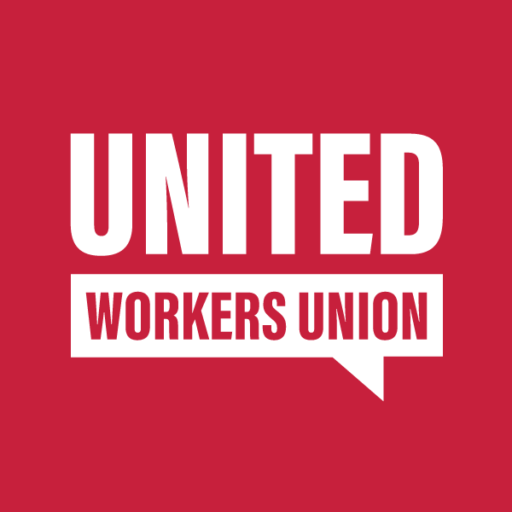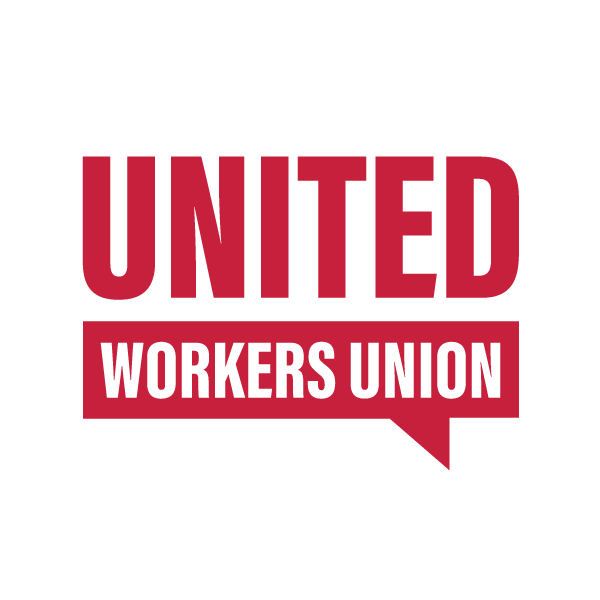What is Clean Start, Better Start?
Day in and day out, cleaners are putting themselves on the line to keep our communities safe and clean. During the pandemic, their role has been pivotal in helping to stem the spread of COVID-19 and keep the public safe. Yet many cleaners have felt a general lack of respect for their efforts, and unfortunately this isn’t anything new.
For far too long, cleaners have been disrespected by employers, governments, and the owners of the assets they clean. Rather than being thanked, many have been exploited and scapegoated. This needs to change, and Clean Start, Better Start is part of the solution. Both a campaign, and a standard to be met by contracts and legislation.
Clean Start, Better Start has five key demands:
1. Job Security
In the case of change of contract:
- Redundancies to be paid by outgoing contractors.
- Onus on the incoming contractor to employee existing cleaners on current hours.
In the case of subcontracting:
- The minimization of subcontracting, making the primary contractor and client liable.
- Elimination of dodgy subcontracting.
In the case of zero-hour contracts:
- The minimum hours for part-timers to be locked in at point of engagement.
School cleaners in Victoria are hired on a 42 week contract and only have four weeks annual leave, despite teachers and maintenance workers being paid for 52 weeks of the year. When their annual leave runs out, they’re left to find other work or fall behind on rent and bills.
2. Liveable Wages
- Annual wage increases that keep cleaners pay up with the cost of living.
- A minimum of $1.50 per hour above award wages.
3. Respect
- Education on the right to join and participate in the union.
- Greater access to the union in the workplace.
- Proper consultation and grievance procedures that let Fair Work arbitrate and rule on disputes.
4. Better Equipment and Training
- All the supplies and functioning equipment you need to do a good job safely.
- Proper explanation of duties and face to face training.
5. Safe Workplaces
- Safe workloads.
- Workplaces that are free of all forms of discrimination, favouritism, and bullying.
- Worker elected and training Work Health Safety Representatives and Committees.

